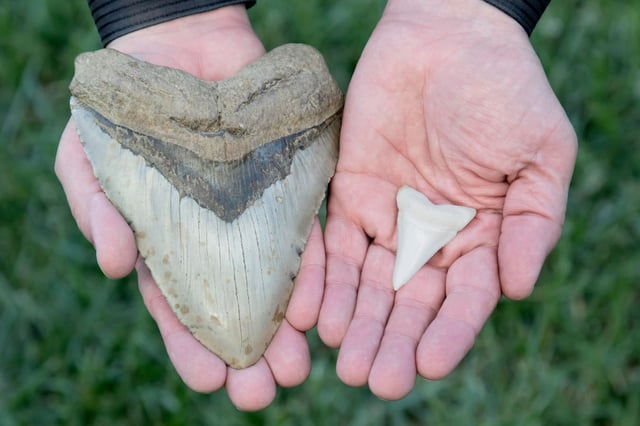Overview
- Researchers used zinc isotope analysis of fossilized teeth to uncover megalodon's varied diet and position in the ancient food chain.
- The findings show megalodon was an opportunistic predator, feeding on marine mammals, large fish, and smaller prey depending on availability.
- Megalodon’s dietary habits varied regionally, as evidenced by fossil studies in Germany’s Sigmaringen and Passau regions.
- The study highlights megalodon’s status at the top of the marine food pyramid, while also revealing its ecological adaptability.
- Scientists link megalodon’s extinction to competition with the more efficient great white shark, emphasizing the vulnerability of even apex predators.



